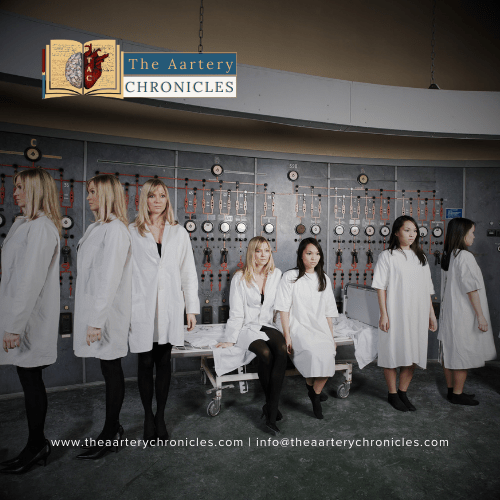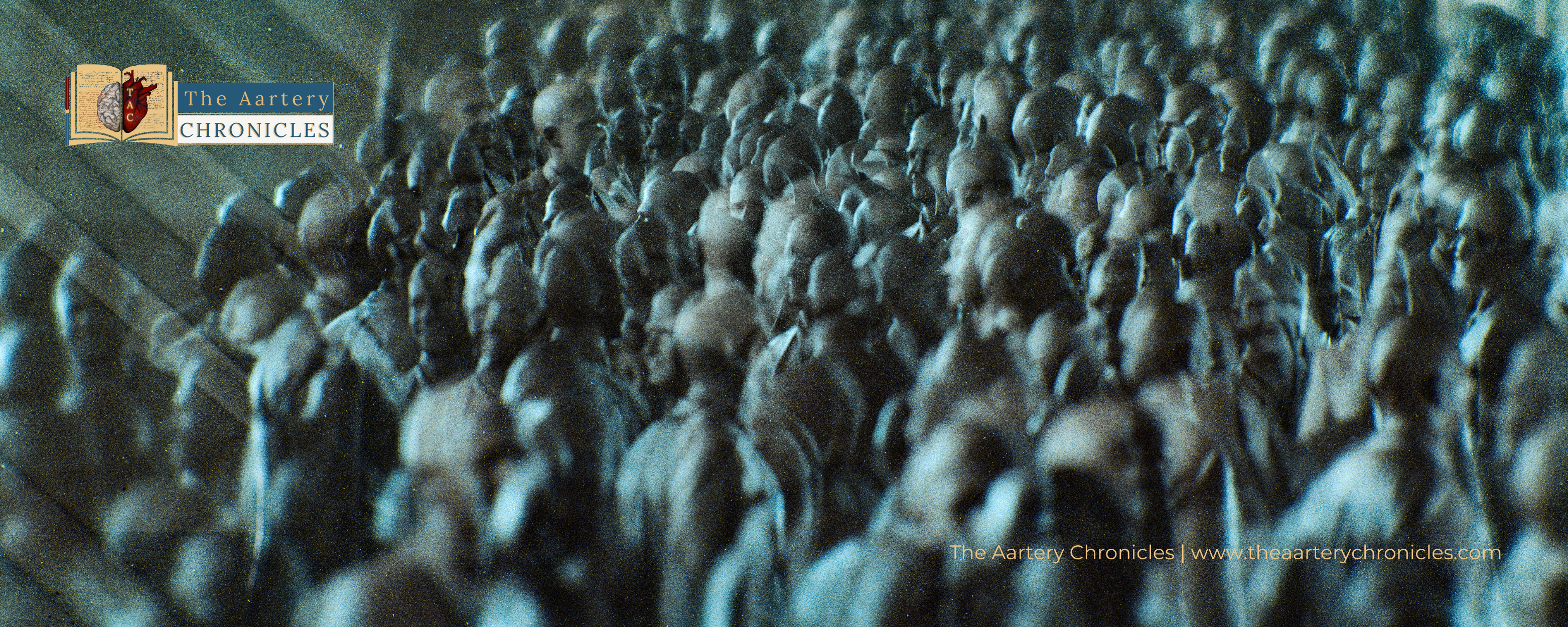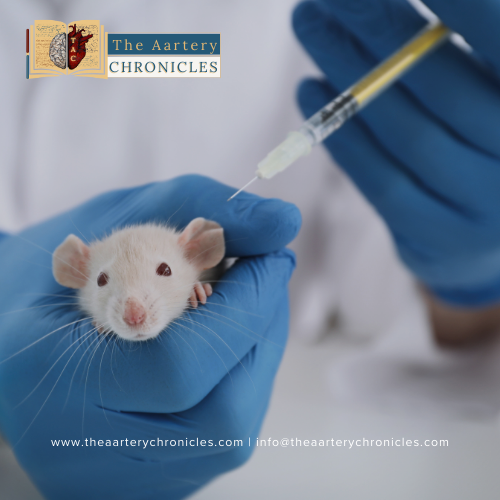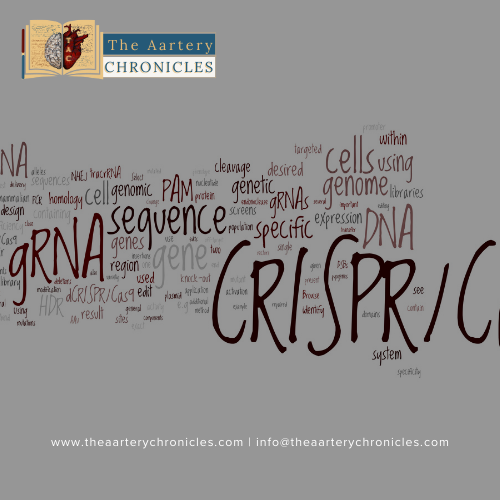

The Evolution and Ethics of Cloning: A Comprehensive Overview
Cloning is referred to as a technology in which a group of cells, or an organism is replicated to generate an identical copy. The technology of cloning helps create genetically identical copies of organisms. In this exploration, we delve into the historical roots of cloning, its diverse applications, and the ethical debates it has ignited. From the landmark moment of Dolly the sheep’s birth to the potential future of human reproductive cloning, we unravel the past, present, and future of this fascinating technology. Join us as we navigate the complex landscape of cloning, from its scientific breakthroughs to the ethical considerations that shape its evolution.
Types of artificial cloning:
Therapeutic cloning:
Therapeutic cloning is referred to as a cloning technology wherein, the nuclear transfer is used to provide tissues, cells, and organs for a patient needing supplementation or replacement of the damaged or diseased tissue. This involves generating an embryo only to manufacture embryonic stem cells which are used in understanding diseases.
Reproductive cloning:
Reproductive cloning produces genetically identical organisms. Two methods used in reproductive cloning are Somatic cell nuclear transfer (SCNT) and Embryo splitting. Identical twins are said to be the most common examples of natural clones. Reproductive cloning produces whole duplicated organisms.
Gene cloning:
Gene cloning or DNA cloning refers to the cloning of genes. In this, a copy of genes or DNA is produced. Gene cloning includes different processes from that of biomedical or reproductive cloning.

Historical background:
Earliest reference and the first demonstration of embryo twinning:
The earliest talk about cloning can be traced back to the 19th century. In the year 1885, Hans Driesch described the ability of blastomeres of two-cell sea urchins to be separated and formed two complete embryos from each blastomere.
Birth of cloning:
In the year 1902, Hans Spemann employed the earlier discovered method to clone salamanders. Spemann’s experiment described that the method worked for complex organisms – however only up to a specific developmental stage.
Later on in the year 1928, Spemann conducted nuclear transfer for the first time. This time a noose was used to separate a cell from the embryo. This experiment demonstrated that the early embryonic cell nucleus can be utilized in the complete development of the salamander. The proposition of nuclear transfer became the fundamental technique for cloning. This experiment presented the ability to manipulate the nuclei of the cell and that the genetic material can be transferred to another organism.
Cloning of frogs:
Briggs and King successfully used nuclear transfer and successfully cloned frogs from a frog embryo cell to an enucleated egg cell. This experiment described the ability to produce an entire organism using somatic cell nuclear transfer.
The breakthrough of Dolly:
The birth of Dolly the sheep was known to be the most vital moment in the history of cloning. In 1996 Ian Wilmut and Keith Campbell made history by successfully cloning the first mammal. A nucleus was transplanted from the udder cells of an adult sheep to an enucleated cell. One embryo out of 277 attempts was carried by a surrogate mother for gestation. Cloning was brought to light and into the public eye by the well-known lamb named Dolly. This breakthrough utilized somatic cell nuclear transfer and showcased the potential new possibilities in regenerative medicine and reproductive biology.
Later on, multiple organisms were cloned including mice and camels.
Cloning and legends:
Most often cloning is also linked with Hindu mythology which mentions the concept of reincarnations, births, and rebirths. Where an individual goes through the cycle of births experiencing each life. This idea correlated to the idea of cloning where the genetic material of an animal is replicated to create a new body.
Applications and the future:
Cloning is the means to replicate the present complementary or favourable characteristics in livestock such as high production of milk, growth efficiency, etc. This helps produce organisms with specific genetic modifications. Animals such as mice are cloned to understand biological mechanisms in research.
Human reproductive cloning would help infertile couples have children that are genetically identical to them. People who require transplants to treat their children’s disorders and hence want to collect genetically identical tissue from that of the cloned fetus. Cloning can also be immensely useful in the conservation and de-extinction of endangered species. Attempts have been made to clone organisms such as the gaur ox, and Macaque monkey using nuclear transfer. Xenotransplantation is another application of cloning. This enables the transplant of cells, tissue, or organs from one species to another.

Ethical debates:
Along with the benefits the technology of cloning offers society today as well as cloning for medical research, ethical debates arise with the possibility that one day a cloned human may be born. However, no such attempts have been confirmed or acknowledged.
Cloning for reproductive purposes raises concerns about the commodification of life and the potential abuse of cloning technology. Many countries imposed regulations and restrictions on experiments surrounding cloning after the birth of Dolly. Issues regarding the uniqueness and individuality of human beings have been raised as it involves creating a replica of an individual. The cloning process has been found to have significant health implications for cloned animals, including a higher risk of genetic abnormalities and health complications.
Apart from this some other issues surrounding cloning involve potential health risks, fear of genetic abnormalities, social and psychological impacts, etc.
Conclusion:
The cloning technology continues to advance. The exploration has still been going on considering the ethical implications. The journey of cloning has been filled with curiosity and scientific breakthroughs. To make use of cloning technology in the future for advancement in human health and diseases, we must address the fears associated with cloning. A new narrative that supports the applications and challenges surrounding the technology of cloning must be created. As the future guarantees advancements and discoveries.

Author: Ms Sanika Pande




